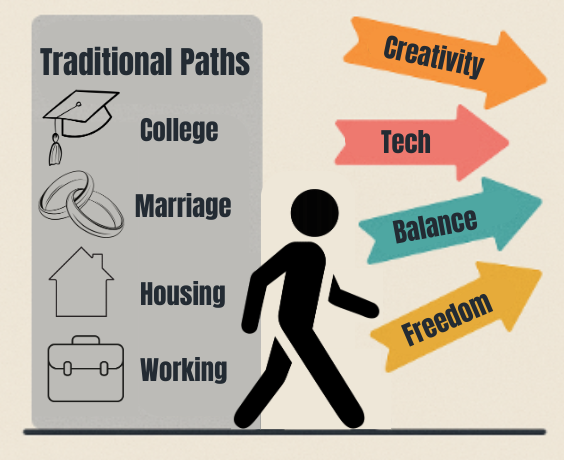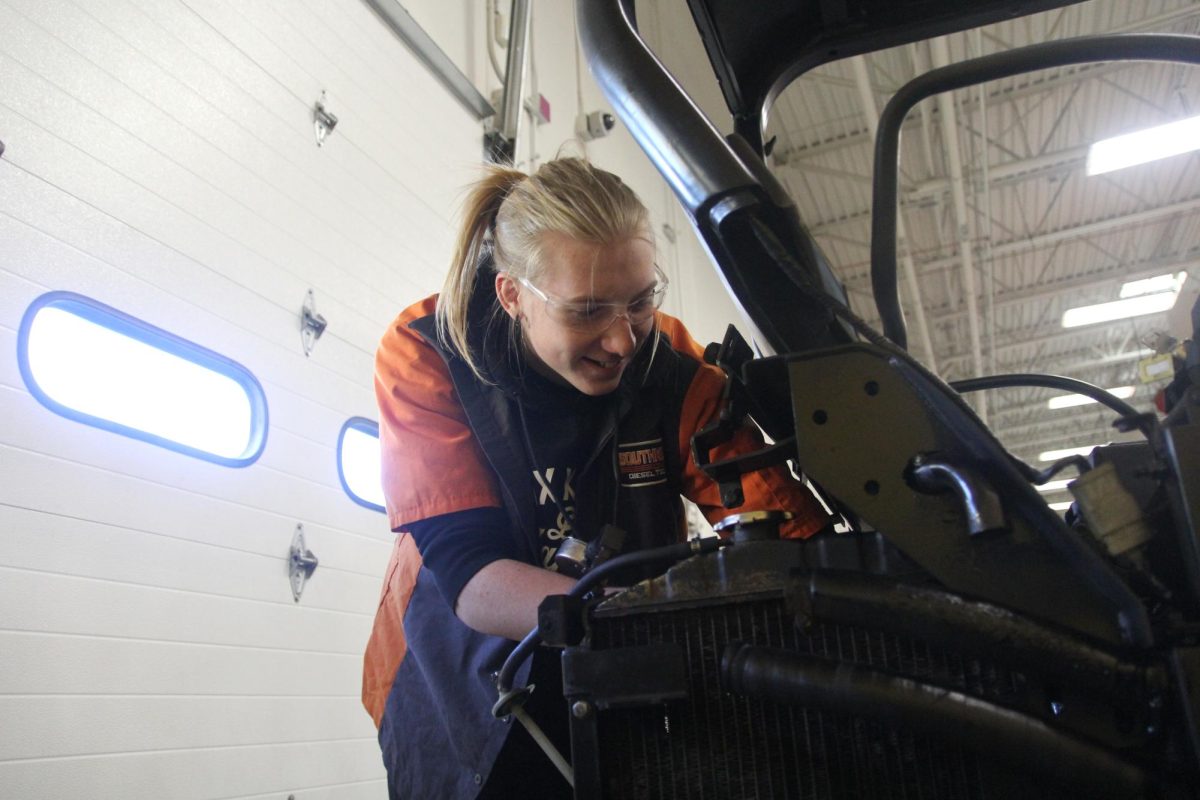Buying new shoes, paying a grocery bill, and purchasing cars have become the norm within society, with several media outlets endorsing these products. Each of these purchases adds up and has small impacts on the environment, as well as contributes to an individual’s carbon footprint. When combined with those of everyone else on Earth, these footprints have a much grander impact.
For clarity, a carbon footprint is developed by any result of any action involving greenhouse gasses, and can be calculated by adding up an individual’s total emissions.
Although the accumulation of carbon footprints from human activities is large, most greenhouse gas emissions come from large corporations and businesses. An article written by the US EPA found that the majority of the emissions are carbon dioxide standing at 65 percent from humans and land usage from businesses.
“What I put out personally [gas emissions], or what my family puts out is so insignificant to what corporations are doing, or what individuals do with their resources like using private jets,” Social Studies teacher Jessica Kelly said. “It’s important to be knowledgeable about this stuff, but the bigger impact comes from the corporations.”
Aside from large corporations being the primary source of gas emissions, individuals are responsible for their personal footprints. The US EPA also found that 29 percent of total gas emissions come from transportation.
“I would [drive an electric car] for the environment, even though most of the cars I like use gas,” sophomore KJ Palacios said. “Cars contribute a lot to pollution with the gas emissions. Plus, here in America we use a lot of cars, and it’s hard to get around if you don’t have one.”
An average person’s carbon footprint can stand at 8.2 tons of emissions per year according to an article by the Washington Post, and a single-use private jet can produce up to two tons of carbon dioxide in an hour.
“It’s important to acknowledge that you have a carbon footprint, but it’s even more important that you speak truth to power, and get those types of people [with large gas emissions] to curb it,” Kelly said. “Especially when they’re the ones who are doing a gazillion times more than we are doing.”
Carbon Footprints Infographic by Zelina Panissidi
Southeast Asia emits large amounts of carbon dioxide gas because their economy is dependent on producing goods and sourcing them to countries like the U.S., and they suffer the consequences of it. 640 million people are at risk from weather extremes, such as typhoons that come from global warming linked to gas emissions.
“I don’t think we’ll find a new planet that’s inhabitable anytime soon,” sophomore Renzo Omolon said. “I think it’s important to take care of the planet now, and there’s so many things we can control. In one of my classes I learned that our animals, or cows, produce so much gas and by changing their diets we could reduce how potent their gasses are and help the environment.”
Scientific associations working with NASA link 97 percent of global warming to human activities; many scientists propose and support transitioning to renewable energy sources as opposed to being dependent on burning fossil fuels.
“I’m scared of global warming, it’s something that affects my everyday life,” junior Brian Price said. “When I’m looking at the weather reports for Meteorology, I’ve started to notice that the weather is getting warmer and warmer, so it’s definitely something that I’m nervous about.”

![Increasing issues with carbon emissions have students worried about the future of the Earth. An article written by the NCEI predicts that there’s a 22 percent chance that 2024 will be the hottest year, and there is a 99 percent chance that it will rank in the top five of the hottest years. “Where I live there’s a whole area where people just dump their trash, and who knows, in 10 to 30 years it might get so bad that we’ll just see trash everywhere,” sophomore Eliza Pangilinan said. “Even that small piece of trash went through a factory, and those factories produce a lot of gas [emissions].”](https://southwestshadow.com/wp-content/uploads/2024/03/carbon_footprint-1-1200x900.jpeg)





